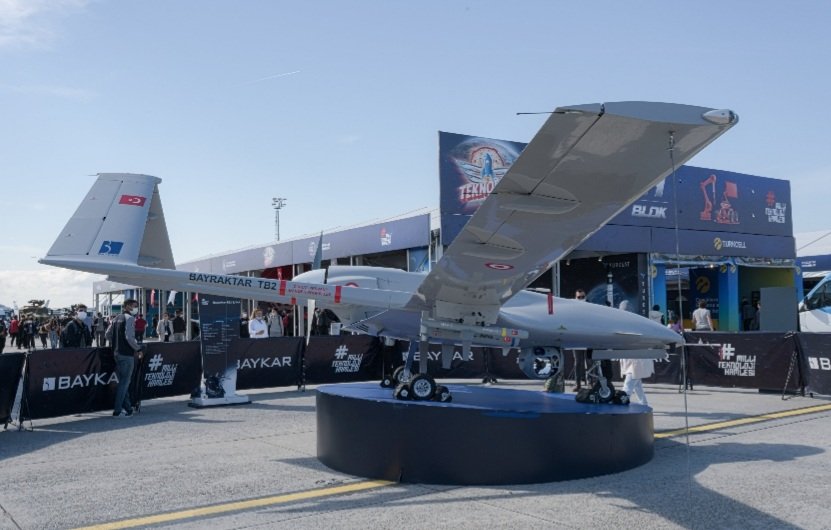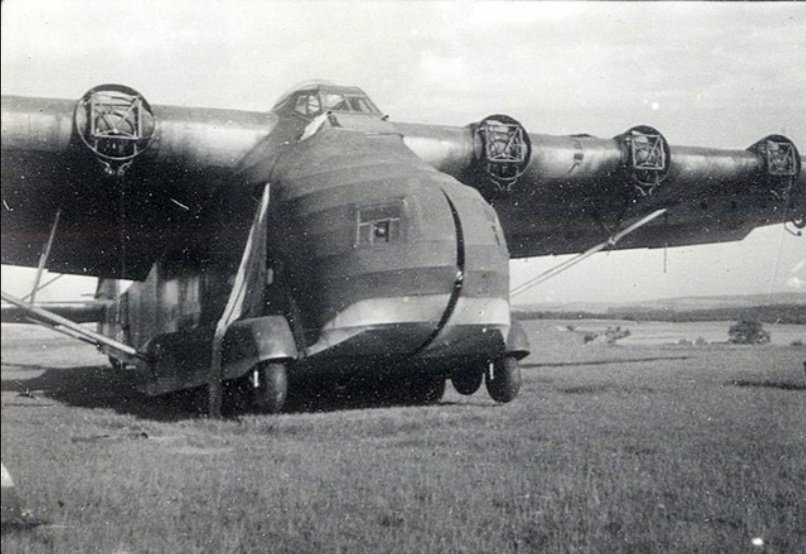
- That Time Caesar was Kidnapped by Pirates (Mediterranean Sea, 75 BCE) 🧵-
In 75 BCE a band of Cilician pirates in the Aegean Sea captured a 25-year-old Roman nobleman named Julius Caesar, who had been on his way to study oratory in Rhodes. (1/8) #svagaiature #SPQR #History
In 75 BCE a band of Cilician pirates in the Aegean Sea captured a 25-year-old Roman nobleman named Julius Caesar, who had been on his way to study oratory in Rhodes. (1/8) #svagaiature #SPQR #History

From the start, Caesar refused to behave like a captive. When the pirates told him that they had set his ransom at 20 talents, he laughed at them for not knowing who it was they had captured and suggested that 50 talents would be a more appropriate amount. (2/8)
Caesar wasn’t the usual captive, he treated the pirates as if they were his subordinates. In few time he became the de facto leader of the ship. He even sent his entourage out to gather the money and settled in for a period of captivity. (3/8)
Caesar made himself at home among the pirates, bossing them around and shushing them when he wanted to sleep. He made them listen to the speeches that he was composing in his unanticipated downtime and berated them as illiterates if they weren’t sufficiently impressed. (4/8) 

He would participate in the pirates’ games and exercises and from time to time he would threaten to have them all crucified. They took it as a joke from their overconfident, slightly nutty captive. (5/8)
Looks like the perfect plot for an 80’s comedy or sitcom, the Roman edition of “Hogan’s Heroes". Sadly the final season wouldn’t be so light toned… (6/8)
After 38 days Caesar returned home, he managed to raise a naval force in Miletus—despite holding no public or military office—and he set out in pursuit of the pirates. (7/8) 

He found them still camped at the island where he had been held, and he brought them back as his captives. When the governor of Asia seemed to vacillate about punishing them, Caesar went to the prison where they were being held and had them all crucified. (8/8) 

• • •
Missing some Tweet in this thread? You can try to
force a refresh














